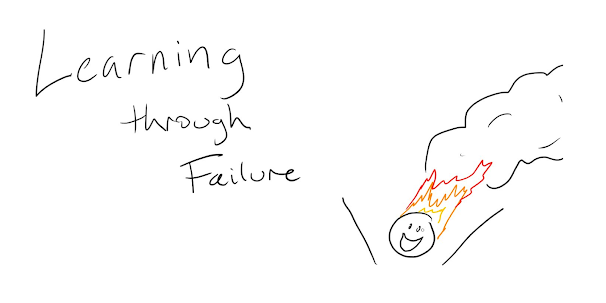System levers prioritization exercise/workshop
So now, after much ink spilled in part 1, let's talk about ways you can use this model.
On the left, our list of levers from the previous post. On the right, scaled to show the relationship between effectiveness, effort, and human interaction.
There are a number of different ways to use it, though a small group setting will naturally be more effective.
As with most things, understanding the premise and intent matters.
Premise: An understanding of system leverage points provides insights into how we work, what we prioritize, how we react to failure.
Intent:
- Exposure to a new way of framing things
- Building shared understanding
- Exposure to how others see differently when we look at the same thing
- Reconsider the systemic impact your ideas might have
- Reconsider the risk vs. effort of your current understanding
Am I willing to learn?
Am I willing to be influenced?
What you need:
- The template of levers (see bottom of this post)
- Some sort of collaborative whitespace (whiteboard, Mural, Jamboard, etc)
- Participants should come knowing the scope (theme/idea/initiative) - it should be agreed upon prior to scheduling the meeting.
How to run it:
- A facilitator breaks the ice by running a 5-minute warmup session using the thermostat example (see bottom of this post for an idea of what it could look like).
- Now that everyone is warmed up, the group tackles the theme by adding facets as stickies to the right of the list of levers.
- Add them onto the board under each lever you see it matching.
- As they are added, talk about why you think it fits there. The facilitator can use the cheatsheet questions (which are suggestions, not prescription) to prompt dialogue.
The end goal of the meeting is somewhat nebulous - it's difficult to measure shared understanding and paradigm shift, certainly not something for this post - but if you can come away with any of the following, it's a win.
- Better understanding of how you see the issue
- Better understanding of how your colleagues see the issue
- Ways to improve the approach you are taking with the issue
Signals you are making progress look like:
- Oh, I've never seen it that way before!
- Huh, I always thought you took this approach rather than that.
- This was worth the time.
- Conflict around people's perceptions (the facilitator should use judgment here - but conflict is a signal that there is a gap in shared understanding)
Aha! moments are the currency here - the differences between how we each see the issue, not degrees of correctness.
- What led you to choose this lever for this sticky? (i.e. illuminate how you came to that conclusion)
- What other lever could you place this sticky under?
- What are the implications of the levers we've identified for this sticky? How could this change run up against our operational goals/paradigms (e.g. the goals of your org)
- (and at the end) What are our 'go-to' levers? What can they tell us about how we view risk and prioritization?
- Our top 3 organizational goals for this past year - investigate the ways your org's goals fit into the levers model. Does it line up with what you experienced trying to achieve them?
- Your latest successful project - Does knowledge of the levers hierarchy give you insight into the roadblocks you ran into? Or the ways you weren't successful?
- Where do the common software development best practices fit in this model?
- What are the lever implications of silos vs. systems thinking? (e.g. Types of Organizations )
- What does a Control vs. Teaching/Guidance paradigm do to your existing organization?






Comments
Post a Comment